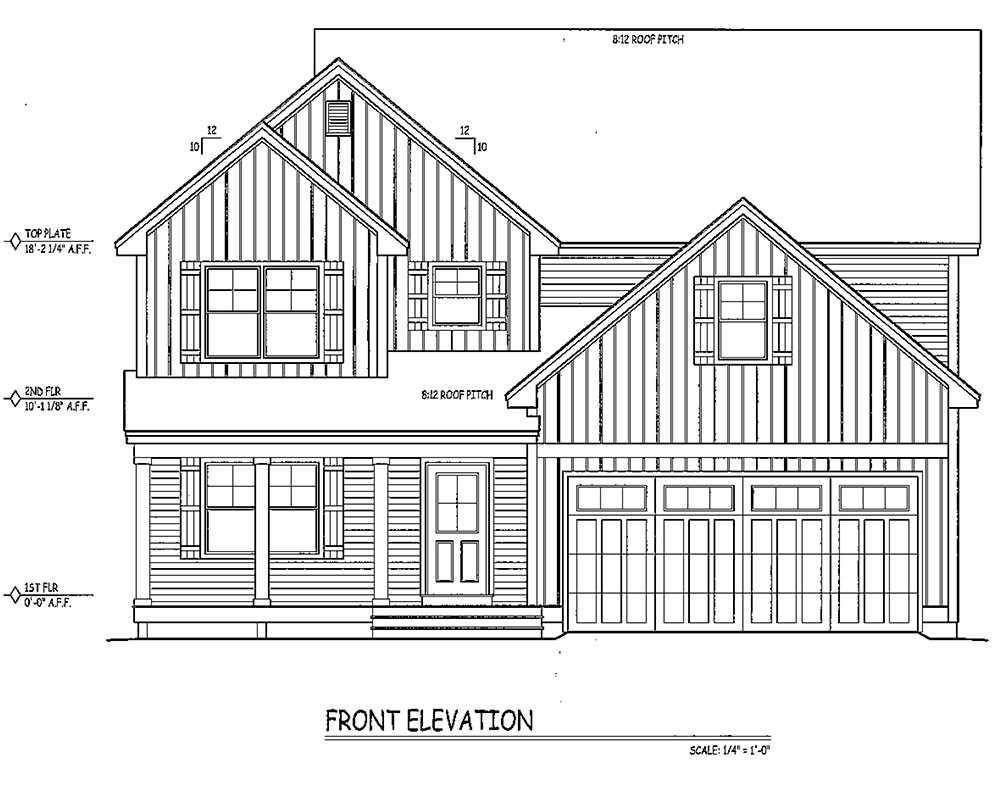A developer hoping to build 14 single-family homes on 25.3 acres of land at Lake Street and Mohawk Trail in Haverhill, was unable to convince the City Council Tuesday night the project would be a good fit with the neighborhood.
Aaron Orso, co-owner of Cedar Crest Development, attempted to use an element of the city’s new zoning master plan known as “Flexible Development” to build 14 homes closer together, while creating open space. Typically, only 10 would be conventionally allowed. Jeffrey Brem, representing the developer, explained the zoning feature.
“The whole idea of flexible development is to provide the applicants the opportunity to use the land more than the regulations and allow the applicant to design around the best features from the land,” he told councilors.
Brem said the new regulation allows two extra units when the developer exceeds the open space requirement by 40% as well as two more units if the builder provides additional amenities and contributions to public safety. He said Cedar Crest has agreed to both of those conditions.
Although the property consists of more than 25 acres, under the developer’s plan 18.6 acres—much of it wetlands—would remain open space, meaning the actual development area would have homes built on lots much smaller than the two-acre lots originally envisioned for the area.
A number of current Lake Street residents told councilors the plan allows for too much density in an area zoned Residential Rural. One resident, William Bourque put it this way.
“The City of Haverhill created a zoning map for a particular reason, to keep characteristics of different neighborhoods, and people who want to live in a rural setting in the City of Haverhill were able to do that. If you use the current zoning that the City of Haverhill enacted, it should be 2.6 houses there, not 14. So, I think it changes the entire character of the neighborhood.”
Councilors agreed 14 homes would likely be too dense for the area and convinced the builder to cut two homes for a total of 12. When the Council voted, however, the end result was 5-4 in favor which did not meet the necessary two-thirds vote for approval.
Those voting in favor were President Timothy J. Jordan and Councilors Thomas J. Sullivan, Michael S. McGonagle, Catherine P. Rogers and Shaun P. Toohey. Those voting in opposition were Vice President John A. Michitson and Councilors Joseph J. Bevilacqua, Melinda E. Barrett and Melissa J. Lewandowski.
Under rules, Orso is allowed to come back with a substantially different proposal at any time, but must wait six months to reintroduce the same proposal.
